Now that the weather is improving and hopefully no more storms, we can assess any damage from the earlier colder temperatures and even frosts in some parts. This was always my dread back in Scotland where I had a National Collection of around 500 hostas in my garden, which we opened regularly each summer for gardening charities. Being in a frost pocket the like of which I had not encountered before, our garden was always in danger of late spring frosts and late August frosts too. I thought that I had left all that behind me but it appears not.
A quarter of a century later and gardening here in April at 300 metres, we had a very severe frost. Unfortunately, a lot of shrubs and trees were damaged by the frost, including the hibiscus hedge; Pyrostegia; Lycianthus rantonetti, (blue potato bush) and the exposed half of the Tecoma stans, which I am hoping will re-generate, as I love the yellow flowers. Interestingly, the olive tree was undamaged even though it was in the same part of the garden as the others. Olives can take small amounts of low temperatures but not over a prolonged period of time, when some protection may be necessary.
Maybe you should consider the shrubs and trees that grow well in your area. I thought that I had done that, but….! Walk around your village or city streets and note what grows well before you spend lots of money on what could be unsuitable plants! Now that the weather is becoming stabilised and we can work outside again, it gives us the chance to see what needs to be replaced or in the best-case scenario, given some extra TLC.
Winter-resistent Pelagorniums
My large pots of pelargoniums shared their bright red flowers with us right through the winter until the deep frost and they were looking rather sad and in great need of some cosseting. This meant having to cut them right back and feeding them too, and they are looking perkier for the attention! Talking of feeding, it’s time to feed your fruit and nut trees and then no more until December. Remember three mugs of 20.10.10 fertiliser for mature trees and one for young trees, which should be spread between the trunk and leaf canopy for best results.
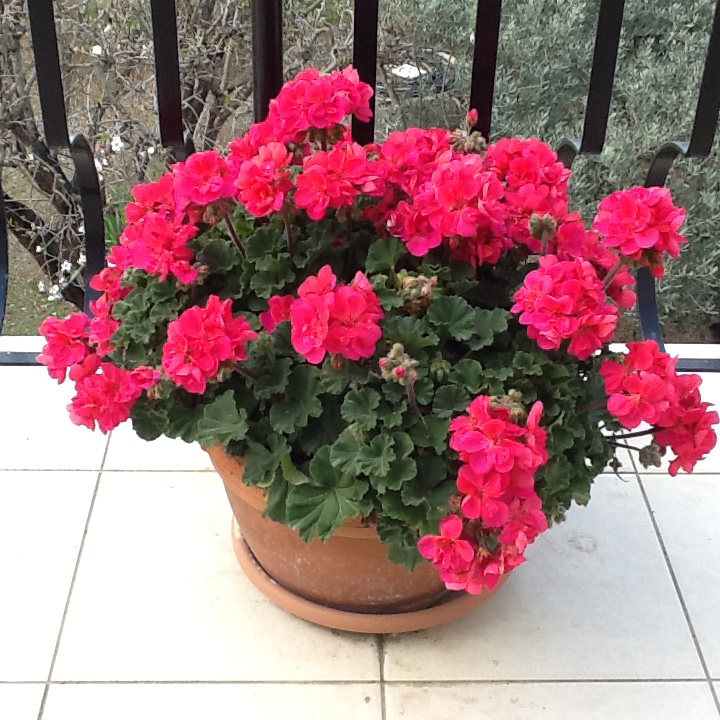
The later flowering bulbs may have missed the worst of the cold, but are now subject to those infernal red and black beetles Dionconotus neglectus so keep your eye open for them and deal with them promptly. Fingers and thumbs are best for this. They also like iris petals, as well as the spadix of calla lily flowers, so keep a check on them too, as they are equally delicious to the beetles.
I was browsing through the second edition of Lady Murphy’s ABC of Gardening, which was printed in 1962. Lots of the flowers she mentioned however are no longer available, but during that time others have taken their places. Many of the shrubs and trees suitable for our gardens here started out life in South Africa and generally have settled into our climate very well, except for any unexpected frosts! Others like hibiscus were discovered in more humid places and the name Hibiscus rosa sinensis suggests where they were originally found growing in China or even India.
Some of the others though, were discovered in more humid climates like the West Indies. Hibiscus mutabilis is not often seen in gardens these days, although it was once quite popular. You may see it in older village gardens where it has been nurtured over the years. As was a rose by the common name of Changeable Rose due to the changing colours of the flowers during the day. Generally, they start out white, gradually changing to blushing pink and by the end of the day they can be dark red. Although drought tolerant, they do not like cold weather, so are better not grown at higher elevations.
There are always some surprises to be had in the garden in springtime, as the dear little cyclamen that brightened my borders for several weeks have produced seed pods. As they ripen, the seeds burst open and are sometimes carried by ants and dropped in other places. Eventually they become plants to delight you in another part of the garden and perhaps leave you wondering how they came about. You could of course collect the seeds when they are dry and scatter them around where you would like them to appear!
Plant of the Month Canna Lilies
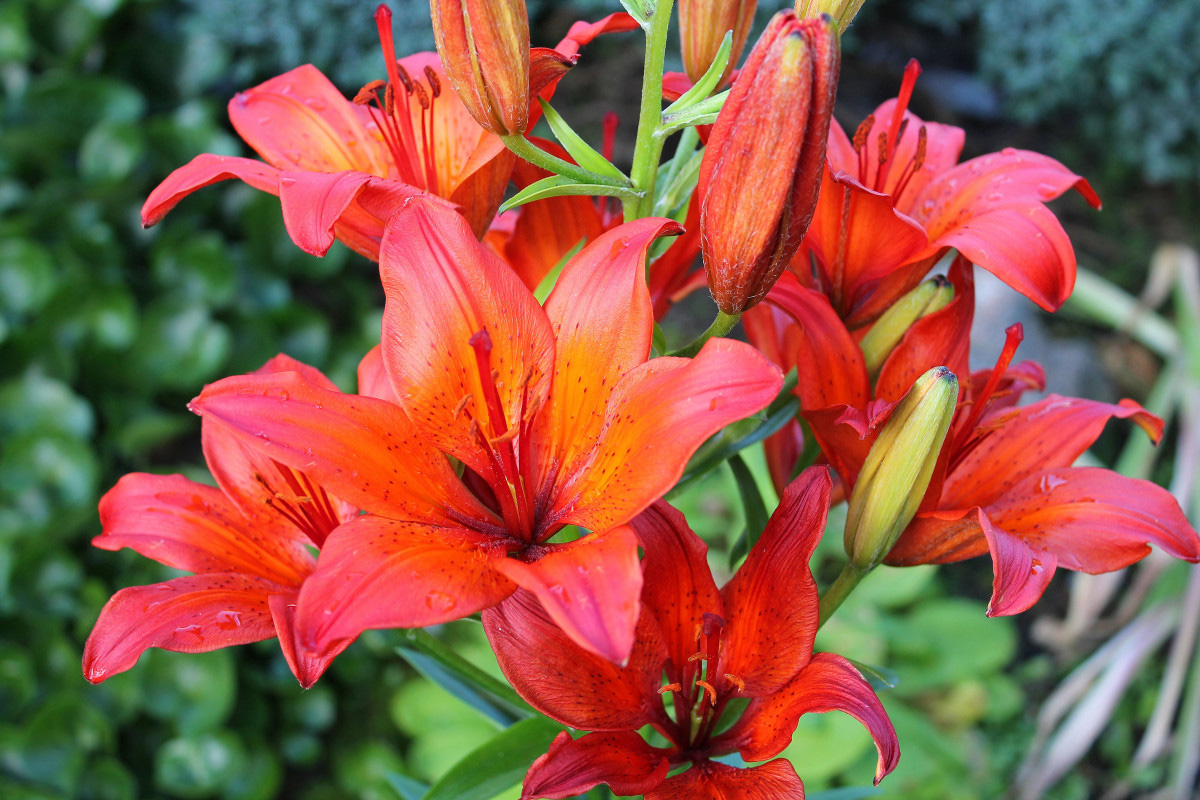
It is thought that Canna Lilies originated in the Americas, as well as being natives of tropical and subtropical regions of the world where they have been cultivated for centuries. These rhizome-based plants thrive in warm climates and can grow quite tall depending on the variety, although they don’t often come with botanical or even common names in garden centres here. Popular in both home gardens and landscaping, they bring a touch of the tropics to any outdoor space.
They have been grown for quite some time in Cyprus and you may see them in old village gardens, but only with red flowers, which were obviously very popular some years ago. Nowadays a lot of cross breeding has produced some wonderful colour combinations on the flowers as well as leaves, so you can always check them out by their flowers or foliage on the web. My favourites are ‘Durban’ with lovely colourful leaves and orange flowers and ‘Lucifer’ with fiery red, yellow-tinged flowers.
Canna lilies are impressive tender perennials that offer height and dramatic foliage. They are low maintenance plants and easy to grow, and both their flowers and foliage offer long-lasting colour in the garden. They are often used in bedding displays, tropical borders or even lakes and ponds.
I grow them in large pots in my garden here and well they look. This protects them to some extent from any slugs and snails. Leaf Rollers (little brown butterflies called Skippers) sometimes lay their eggs on the leaves, which quickly become yellow caterpillars and manage to roll themselves in among the leaves and start to eat them from the inside, causing unattractive holes to appear.
Their large paddle-shaped leaves are often quite tender and should be protected from any strong winds, which may tear them. Consistent moisture also plays a major role in canna plant care. Feeding occasionally with Phostrogen will help keep the plants looking healthy. This can be done in early spring, as the plants resume growth for the season and then at intervals during the summer. Their versatility and low-maintenance make them favourites among gardeners and they can be grown in flower beds or containers, attracting butterflies and bees, and are therefore very useful in the garden.
In addition to their ornamental appeal, Canna Lilies are known for their resilience. They can withstand heat and humidity, making them perfect for summer gardens, but may need some protection from very hot sunshine, which could burn the leaves. They can remain outside throughout the winter provided it is not too cold, when as you would expect their leaves may die off. When you trim them take care that you are not trimming off new flower stalks as they tend to hide inside the emerging leaves.
Cannas are wonderful plants to grow not requiring much attention but gathering many flattering comments from passersby.

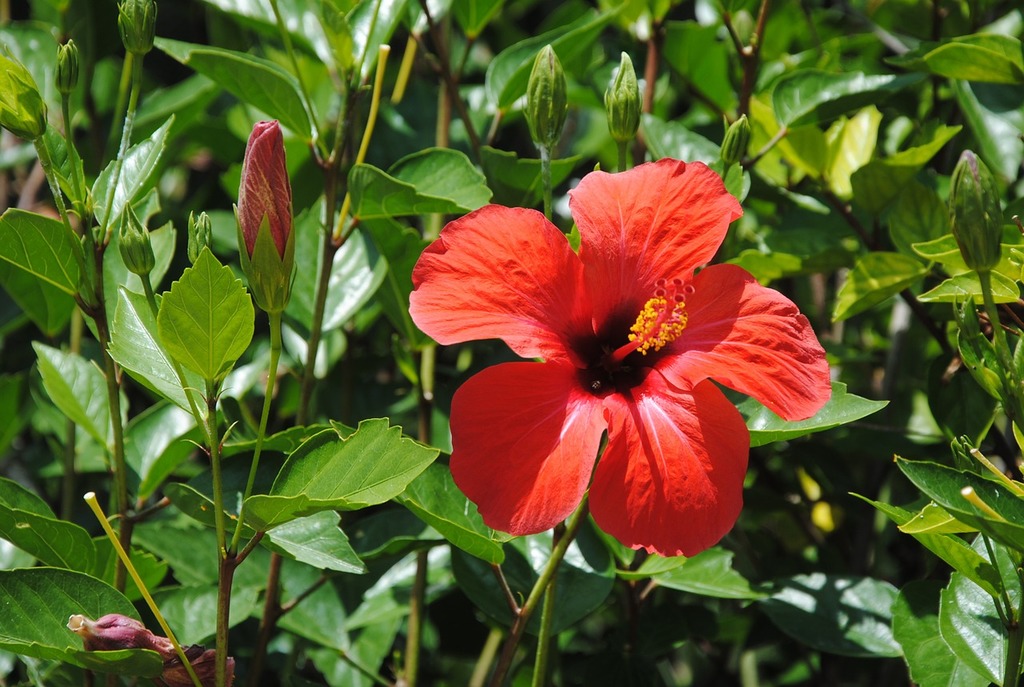
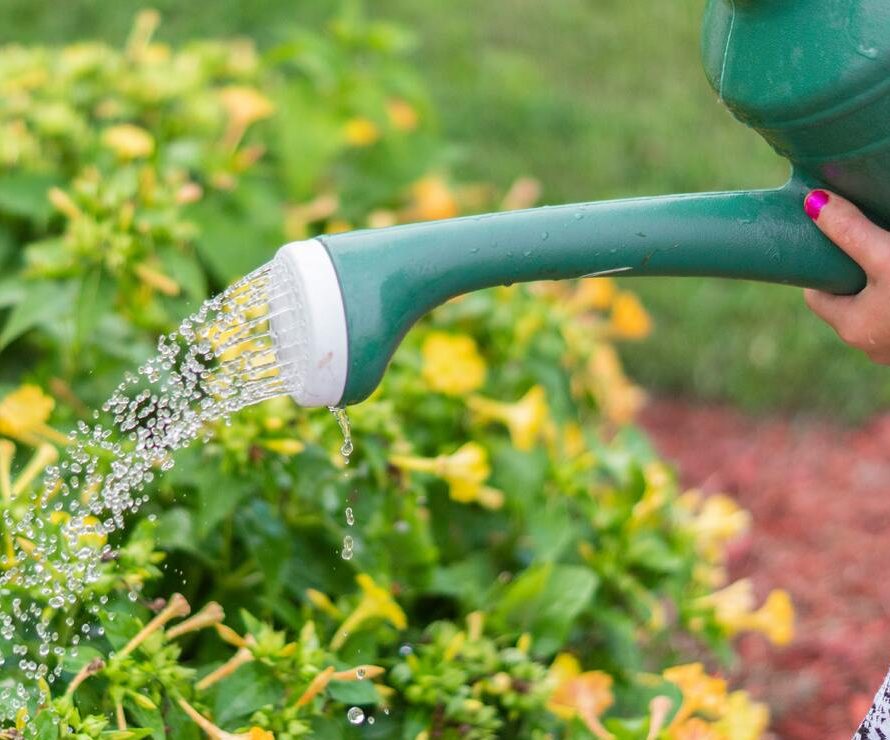


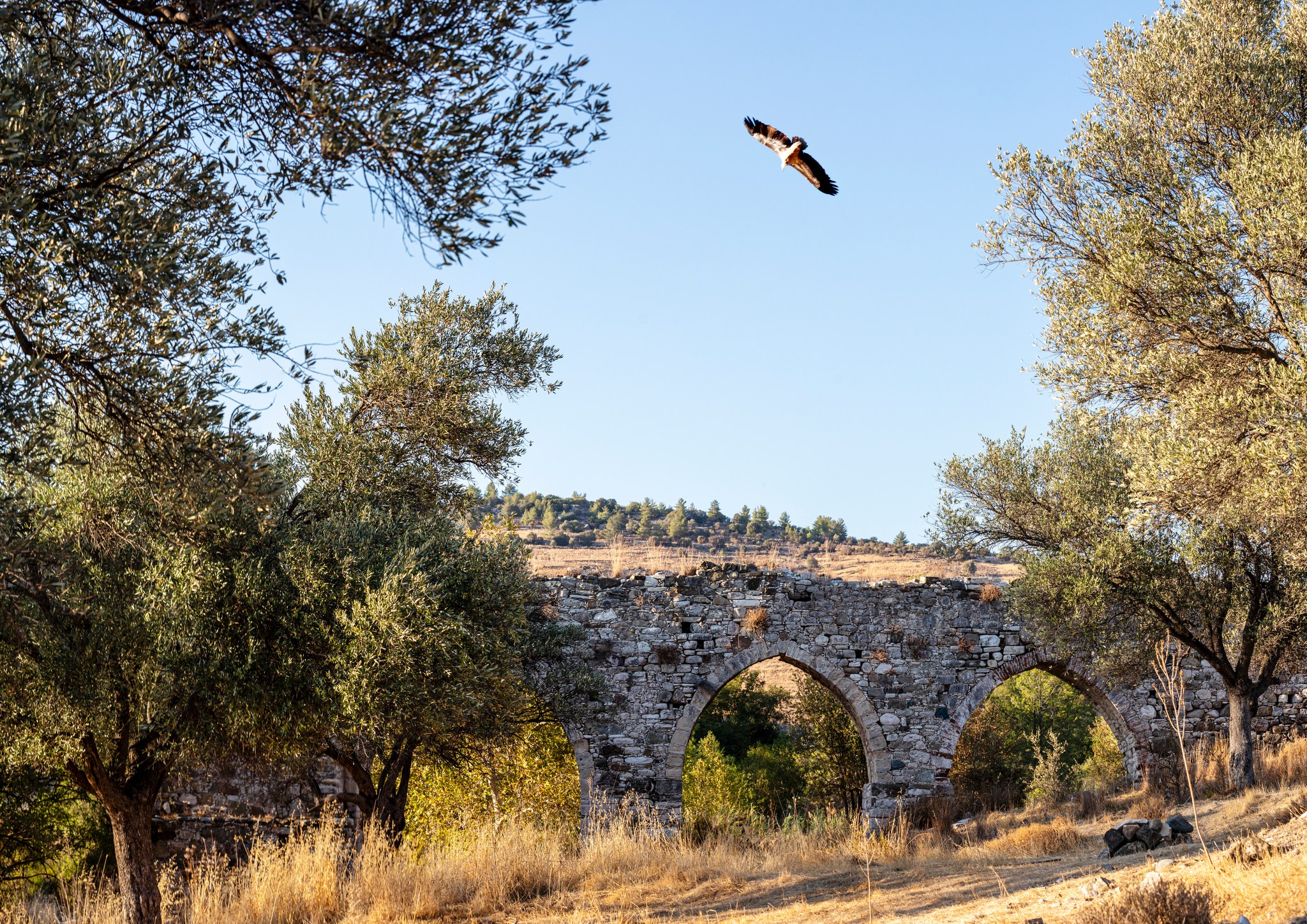

Click here to change your cookie preferences